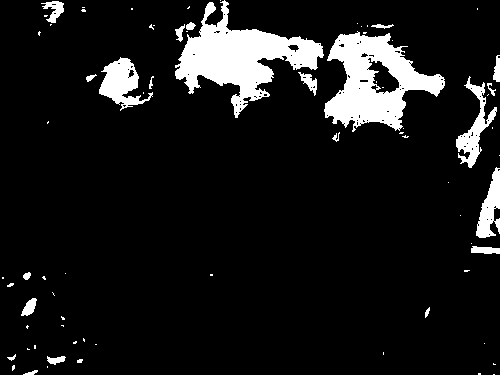Technology for field return-to-nature ex-situ plantation of wild anoectochilus roxburghii (Wall.) Lindl in Fujian
A planting technology, the technology of clematis, which is applied in the field of plant tissue culture, can solve the problems of tiny clematis seeds, scarce clematis medicine sources, and inability to meet clinical needs, so as to speed up the recovery process, benefit forest ecological protection, The effect of improving economic efficiency
- Summary
- Abstract
- Description
- Claims
- Application Information
AI Technical Summary
Problems solved by technology
Method used
Image
Examples
Embodiment 1
[0036] 1) Materials: The stems of wild Anoectochilus plants are collected from the mountain stream at an altitude of 500m in Yongtai, Fujian. After picking, they are wrapped in wet cloth and brought back.
[0037] 2) Material disinfection treatment: Rinse the collected wild Anoectochilus with tap water, cut the stem at a distance of 2cm from the bud point, remove the excess leaves, rinse with saturated bleaching powder supernatant for 15 minutes and gently scrub with a soft brush After rinsing, place it in running water for 1 hour, then rinse with double distilled water for 3 times, disinfect with 75% alcohol in the ultra-clean workbench for 30 seconds, add 0.1% mercury for 8 minutes, and then use sterile water After flushing 4 times, the workbench is set for backup.
[0038] 3) Adventitious bud induction culture: place the sterilized material on a sterilized petri dish, use a scalpel to cut off the 0.2cm part of the incision that is in contact with the mercury, and then cut the ma...
Embodiment 2
[0068] 1) Material: The stems of wild Anoectochilus plants are collected from a mountain stream at an altitude of 300m in Yongtai, Fujian, and wrapped in a wet cloth and brought back after picking;
[0069] 2) Material disinfection treatment: Rinse the collected wild Anoectochilus with tap water, cut the stem section 1.5cm away from the bud point, remove the excess leaves, rinse with saturated bleaching powder supernatant for 15 minutes and gently use a soft brush After scrubbing and rinsing, place it in running water for 1 hour, then rinse twice with double distilled water, disinfect with 75% alcohol for 30 seconds in the ultra-clean workbench, add 0.1% mercury for 10 minutes, and then use aseptic After flushing with water 4 times, the workbench is set for standby;
[0070] 3) Adventitious bud induction culture: Place the sterilized material on a sterilized petri dish, cut off the 0.3cm part of the incision that contacts the mercury with a scalpel, and then cut the material into 1...
Embodiment 3
[0077] 1) Material: The stems of the wild Anoectochilus plant are collected from the mountain stream at an altitude of 600m in Yongtai, Fujian. After picking, they are wrapped in a wet cloth and brought back;
[0078] 2) Material disinfection treatment: Rinse the collected wild Anoectochilus with tap water, cut the stem section 1cm away from the bud point, remove the excess leaves, rinse with saturated bleaching powder supernatant for 15 minutes and gently scrub with a soft brush After rinsing, put it in running water for 0.5 hours, then rinse with double distilled water for 3 times, disinfect with 75% alcohol in the ultra-clean workbench for 30 seconds, add 0.1% mercury for 5 minutes, and then use sterile water Rinse 3 times and set the worktable for backup;
[0079] 3) Adventitious bud induction culture: Place the sterilized material on a sterilized petri dish, use a scalpel to cut off the 0.4cm part of the incision in contact with the mercury, and then cut the material into 1cm-...
PUM
 Login to View More
Login to View More Abstract
Description
Claims
Application Information
 Login to View More
Login to View More - R&D
- Intellectual Property
- Life Sciences
- Materials
- Tech Scout
- Unparalleled Data Quality
- Higher Quality Content
- 60% Fewer Hallucinations
Browse by: Latest US Patents, China's latest patents, Technical Efficacy Thesaurus, Application Domain, Technology Topic, Popular Technical Reports.
© 2025 PatSnap. All rights reserved.Legal|Privacy policy|Modern Slavery Act Transparency Statement|Sitemap|About US| Contact US: help@patsnap.com



